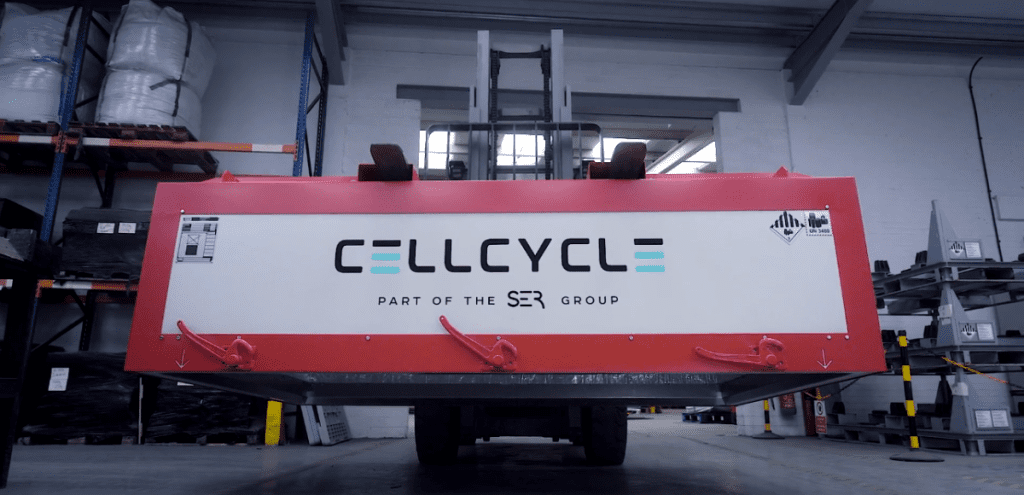Lithium-ion batteries have become ubiquitous in today’s world, powering smartphones, laptops, and other electronic devices. However, they pose a significant danger during transportation due to their volatility. The use of Group 1 packaging for unsafe and critical lithium-ion batteries is necessary to minimise the risk of accidents. Group 1 packaging is also known as ‘performance packaging,’ and it is the most robust and secure type of ADR packaging available. It is designed to withstand significant damage without compromising the integrity of the hazardous goods inside.
The use of Group 1 packaging for unsafe and critical lithium-ion batteries is mandatory under ADR regulations. It is also crucial to ensure that the packaging is appropriate for the specific lithium-ion battery being transported. For example, some batteries are more prone to overheating and need additional insulation to prevent thermal runaway. This is why it is essential to work with a company that employs completely ADR compliant logistics to ensure that the packaging meets industry standards and to avoid any costly and potentially dangerous errors.
In conclusion, ADR and Group 1 packaging for lithium-ion batteries play a vital role in ensuring the safe and secure transportation of the potentially dangerous goods.


